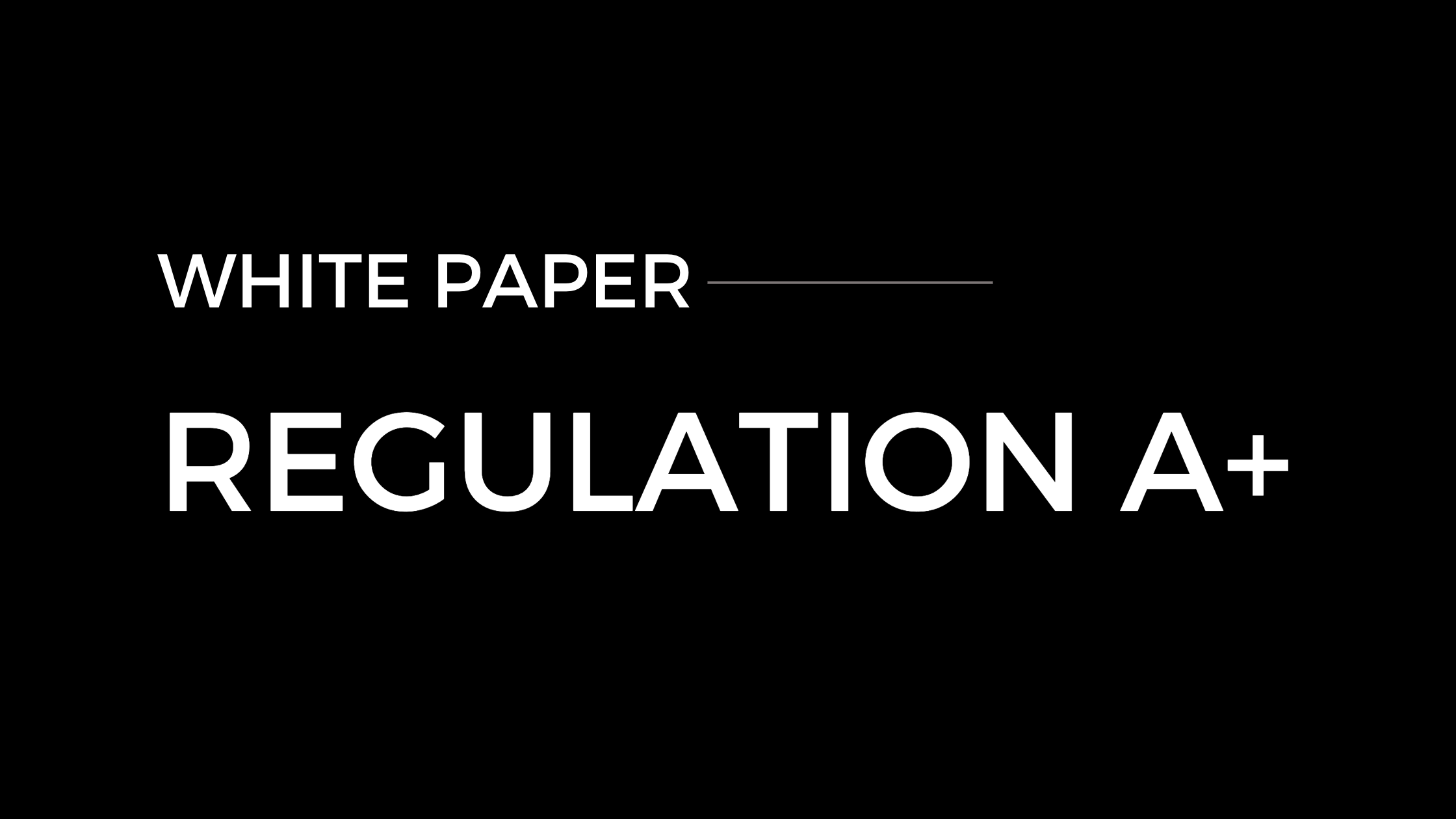Negative comments online can take various forms and can be distributed in a variety of ways, including social networking sites, gripe sites, complaint boards, blogs, and rating system sites. In early to mid-2000 a proliferation of “gripe sites” began to appear. A gripe site is simply a website with the name of the business with “scam”, “stinks”, etc. behind the name of the business, www.nameofcompanystinks.com. At the inception, this type of site was effective, but with the advent of blogs and social networking, the limited nature of the subject, modifications to the search engine algorithms, as well as greater vigilance on the part of the larger retailers, gripe sites have of late become marginalized.
Gripe sites have been replaced by the complaint boards/blogs and rating system sites. While gripe sites were typically sites for consumers to vent about a particular retailer that lasted for a
limited time, complaint boards/blogs and rating websites are big business. A complaint board/blog is a site or blog where users simply post complaints about companies or people, while a ratings site is one in which anyone can go to, fill out a form and “rate” companies. Most, if not all, also allow or require the user to post comments about the business. Although rating systems typically allow for positive ratings, complaint boards/blogs provide only negative posts.
These sites and blogs are full time highly lucrative businesses. Because the site or blog generates online revenue by advertising and lead generation, the higher a particular site appears on the search engine results page, the higher the revenue. The goal is for the site to appear as high as possible on the search engine results page. Since negative postings tend to rate higher in search engines than positive posts, “negativity” is the name of the game for revenue.
Unfortunately, most of the complaint board/blog and ratings sites do not verify identities and they do allow users to post anonymously. Not only are these anonymous postings typically the posts that are the most damaging, but they are also the hardest ones to get removed or pushed down in search results. Since under Section 230 of the CDA as discussed above, the owner of the site/blog is immune from liability for comments posted by third parties and this same site/blog owner allows users to post anonymously, how can negative online postings be combated?



